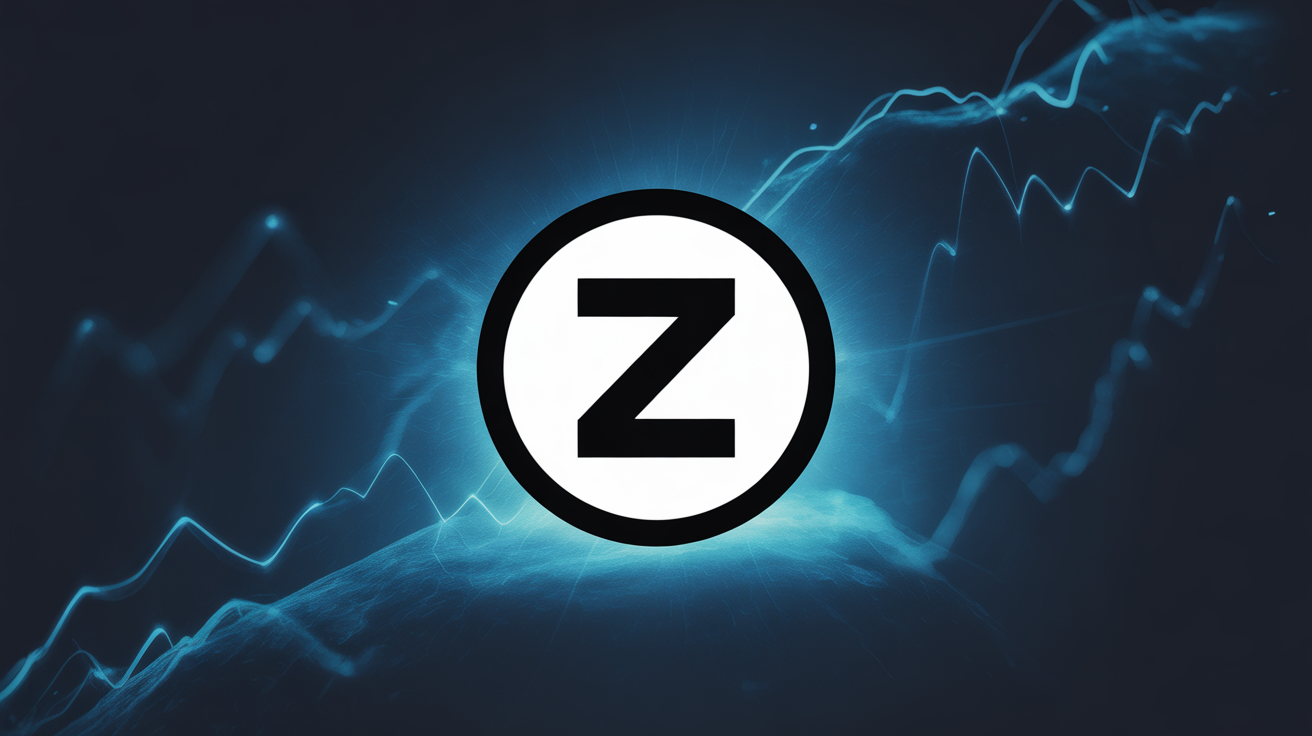
Rising stablecoin adoption may draw as much as $1 trillion from emerging market banks over the next three years, as savers increasingly seek the safety and liquidity of dollar-pegged digital assets, according to a Monday report by Standard Chartered.
Stablecoins—cryptocurrencies tied to assets such as the U.S. dollar or gold—offer households and companies in developing economies an alternative to local banks, accelerating a post-financial-crisis shift of core banking functions into the non-bank sector, analysts Geoff Kendrick and Madhur Jha noted.
Adoption has been strongest in countries with weak currencies and high inflation, including Egypt, Pakistan, Bangladesh, and Sri Lanka, where deposit flight risks are significant. Even without yielding interest, now restricted under the U.S. GENIUS Act, stablecoins remain attractive for users prioritizing capital preservation.
Standard Chartered forecasts the global stablecoin market will reach $2 trillion by 2028, with around two-thirds of demand coming from emerging markets. While stablecoins pose challenges to traditional deposits, they also enable cheaper remittances and faster payments.
Emerging market regulators are responding with digital-currency pilots and upgraded payment systems, but the report cautions that unless local authorities adapt quickly, the current “stablecoin summer” could turn into a long winter for traditional banks.





















